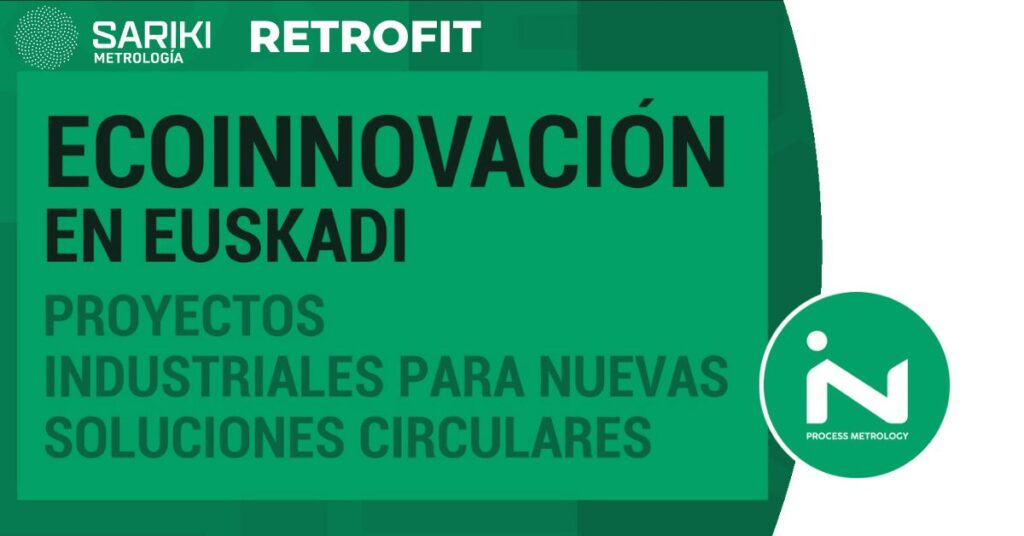The Benefits of Blue Light Over White Light for 3D Scanning

When discussing the difference between blue and white light scanning, we need to take a few steps back and first understand what blue and white light are referring to.
What is structured light scanning?
Structured light scanning is a comprehensive term that includes all colors of light but generally refers to white or blue light. The way structured light scanning works is you project a structured light pattern onto an object and film it, usually using two cameras (need at least one). The cameras capture how the object deforms the light. Doing this, you can calculate the dimensions of the object, resulting in a 3D image.
Are there alternatives to structured light scanning?
Structured light is used as an alternative to 3D laser scanning. While laser scanning has its positive aspects, lasers are easily disrupted by reflected surfaces, any form of transparency, or even complex interference patterns in the laser light.
Structured light is known for its accuracy. The object being scanned, such as jewelry or a helmet, remains stationary. The scanner then projects various patterns of light onto the object, recovering data based on how the light is deformed. High accuracy is, in large part, due to the object being scanned at different angles. The set-up is also very simple. After placing the object in the scanner and inputting the light exposure and analysis settings, you are ready to scan. Structured light scanners are also very safe as there is no focused light (as is the case with a laser), therefore eye safety concerns are not a factor when using white or blue light.
Why choose blue light over white light?
The final question remains, is blue or white light better? The answer is blue light and here is why.
In the past, white was preferred for structured light scanning. However, sophisticated LEDs have changed the new standard to blue light thanks to its increased accuracy and higher resistance to disruptive forces. Due to LEDs, blue light scans are less sensitive to heat than white light scans. This is important because it means that the light source is more consistent and can run longer. And if the room is bright, blue light can still pick up a quality reading.
For slightly transparent and shiny objects blue light is superior. The projected fringes are easier to read through blue light because blue light, having short wavelengths, is not transmitted and reflected from the surface.
While both blue and white light are used to obtain the same results, blue light achieves better results.

Want to explore our line of scanners utilizing blue light technology? Have a look at our Solutionix 3D scanners











